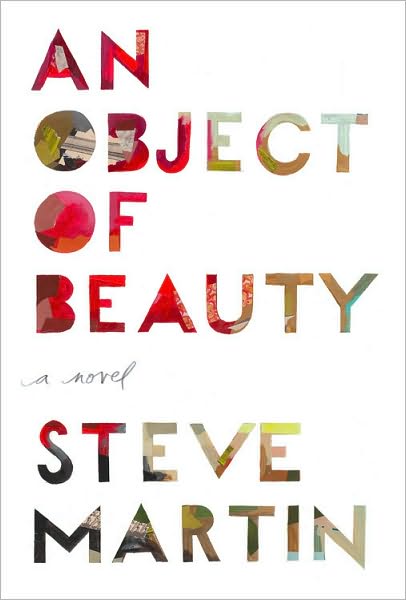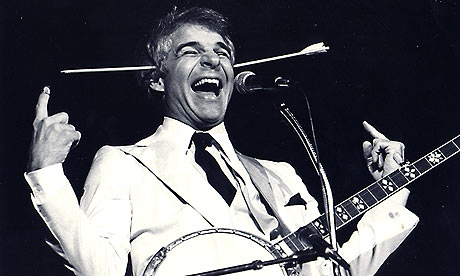Book Review: Steve Martin Is Funny Even When He’s Kind Of Serious
Steve Martin Confronts The Ugly Side Of Beauty


This guy is just funny.

Latest Article|September 3, 2020|Free
::Making Grown Men Cry Since 1992


This guy is just funny.



